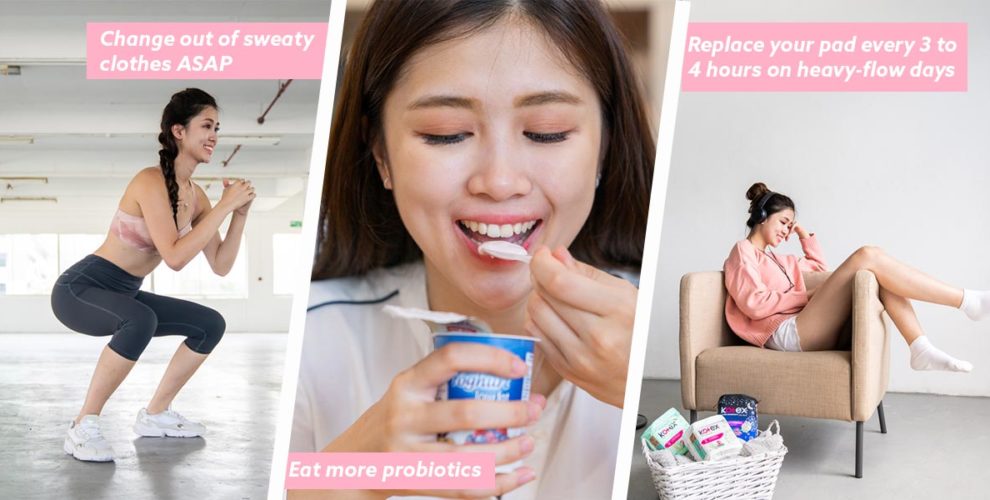Vagina Care Guide To Taking Care Of Our Lady Parts
After years of acquaintance, you probably know that your vagina is a sensitive little lady. A tiny bit of imbalance can irritate her, and her anger often manifests itself as a yeast infection or urinary tract infection (UTI).
In a conservative country like Singapore, however, you’d sooner ask Google than turn to your mother for advice on how to treat and prevent a vaginal issue. If you’re left to your own devices to figure out the right feminine hygiene methods, we got you.
To make sure your lady parts stay happy and healthy, here’s a comprehensive vagina care guide with tips on how to treat her right, from girls who have been there and done that.
1. Skip the soap
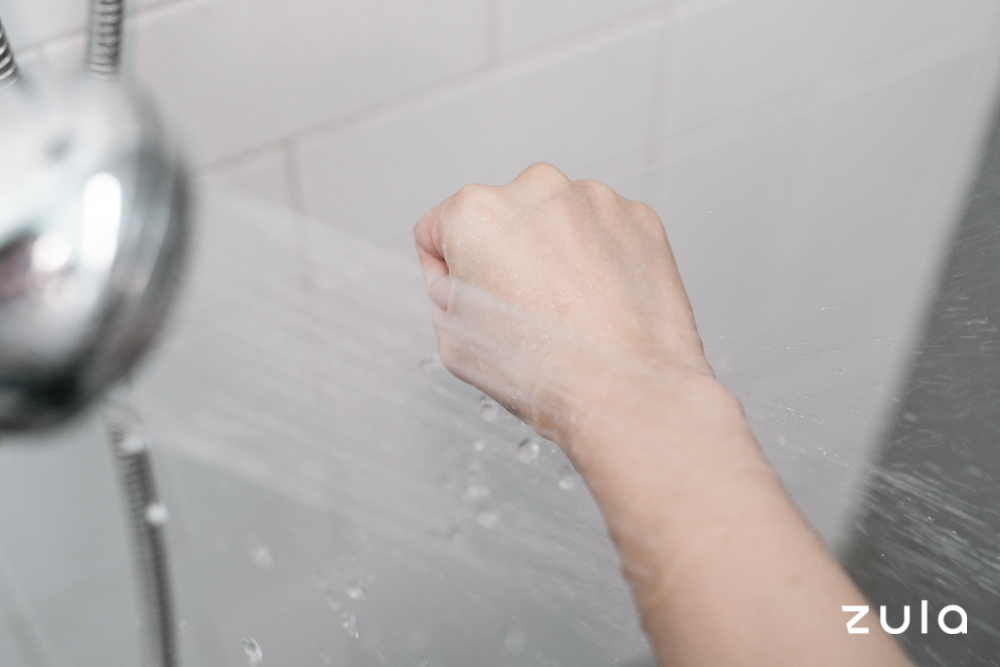
Cleansing your nether region with some soap to get rid of bacteria and sweat may sound hygienic, but you’re actually wreaking havoc down south. Your vagina has a low pH range of 3.8 to 4.5, whereas soap has a high pH level of 9 or 10.
When you cleanse your delicate skin with soap, it throws off the acidic balance completely. This imbalance prevents the growth of good bacteria, so the skin around your intimate area will have a difficult time fighting off infections.
Rinse your intimate area with water to keep the bacterial balance in harmony. If you had an intense workout and want to give your vulva a thorough clean, you can reach for an intimate wash. Just make sure it’s unscented and pH-balanced.
2. Pubic hair isn’t there to annoy you
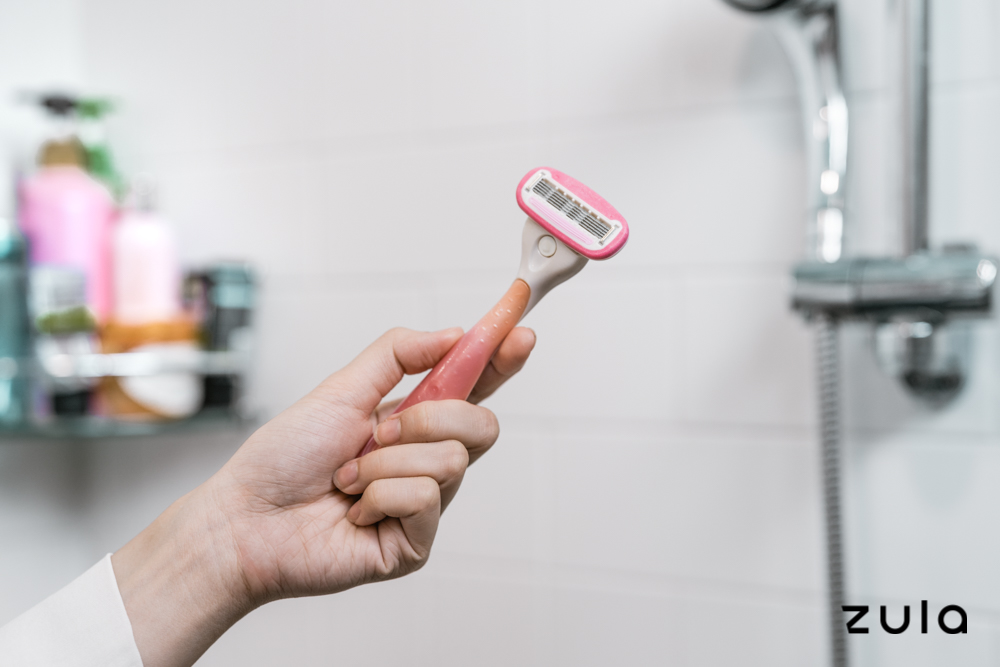
Like a protective cushion, your bush provides a barrier to prevent germs and bacteria from entering the vaginal area. Whether you choose to shave, wax or tweeze, removing your pubic hair can increase your chances of getting a yeast infection, vaginitis or a UTI.
It may not be ideal in Singapore’s humid climate, but it’s best to leave your pubic hair alone and let it do its job. If your pubic hair is contributing to excessive moisture, however, you can trim the strands just a little to keep things a bit breezier down there.
3. Keep your undergarments dry
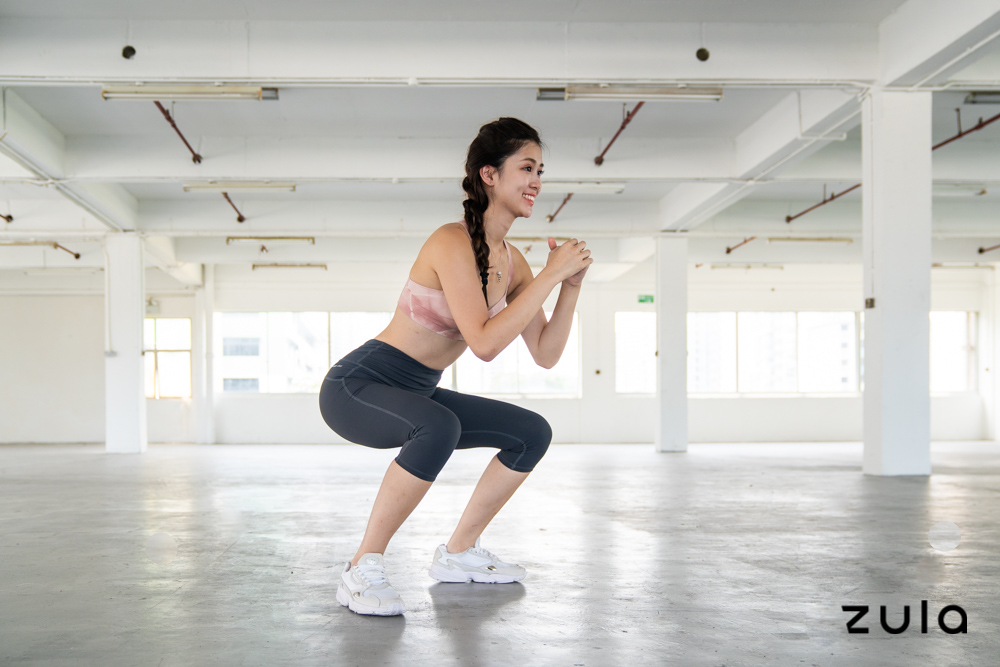
If you like lounging around in your workout attire after a hardcore gym session, you’re creating the perfect environment for yeast to live in. Yeast thrives in warm, moist places, so sitting in sweaty bottoms all day isn’t a good idea.
After sweating it out at a spin class, take advantage of public facilities and shower to freshen up before heading to the cafe. If you can’t find time to shower, pack an extra pair of clean underwear in your bag and change out as soon as you can.
4. Up your probiotic intake
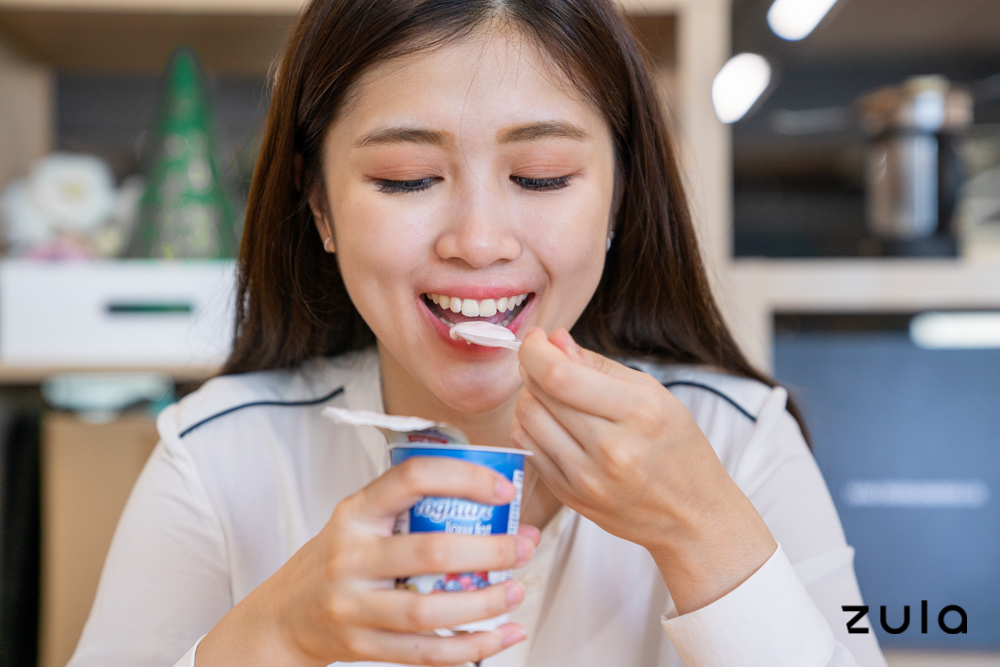
Vaginal flora is comprised of both good and bad bacteria. When this balance is tipped, it can cause itching, odour and an overgrowth of yeast. Apart from keeping your undergarments dry, introducing probiotics to your diet is also a good way to restore balance.
Not just beneficial for your gut, probiotics offer your system an abundance of healthy bacteria to prevent yeast from taking over. If probiotic supplements are too pricey, snack on some yoghurt instead. Kimchi, pickles, kombucha and sourdough bread are just a few other examples of fermented foods you can include in your meals more often.
Also read:
5 Health Screenings Women In SG Should Get In Their 20s For Early Detection & Peace Of Mind
5. Avoid wearing tight bottoms and underwear

A pair of skinny jeans can lengthen your legs and flatter your body, but it also cuts off air circulation from the waist down. This can trap moisture around your intimate area, causing discomfort and a growth in bacteria.
It’s fine to rock a pair of skinny jeans occasionally, but make sure that’s not your daily attire. Opt for stylish A-line skirts or flared pants instead. Those will give your lady bits more breathing room and elevate your everyday look too.
The same goes for tight underwear. A lace thong may look sexy, but cottage cheese-like discharge sure does not. Swap out suffocating undergarments for breathable cotton ones. They absorb excess moisture and ventilate the area to keep everything in check.
6. Wipe from front to back
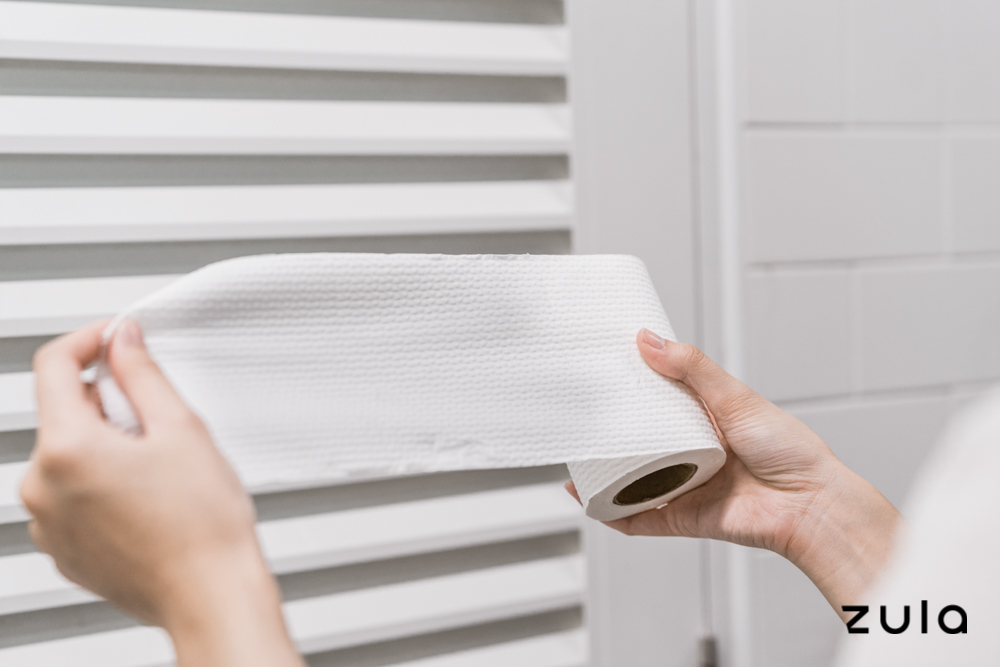
Your vagina and anus have different kinds of bacteria living in them, and they’re located pretty darn close to one another. Whether you’ve done a number 1 or 2 in the loo, you should always wipe from front to back. Otherwise, you’ll risk spreading bacteria from your butthole to your vagina, which could lead to a painful UTI.
Similarly, you should treat sex like wiping—always go from front to back. If your partner switches between vaginal and anal play, remember to change out the condom to prevent harmful bacteria from entering your vag.
7. Don’t leave your sanitary pads on all day
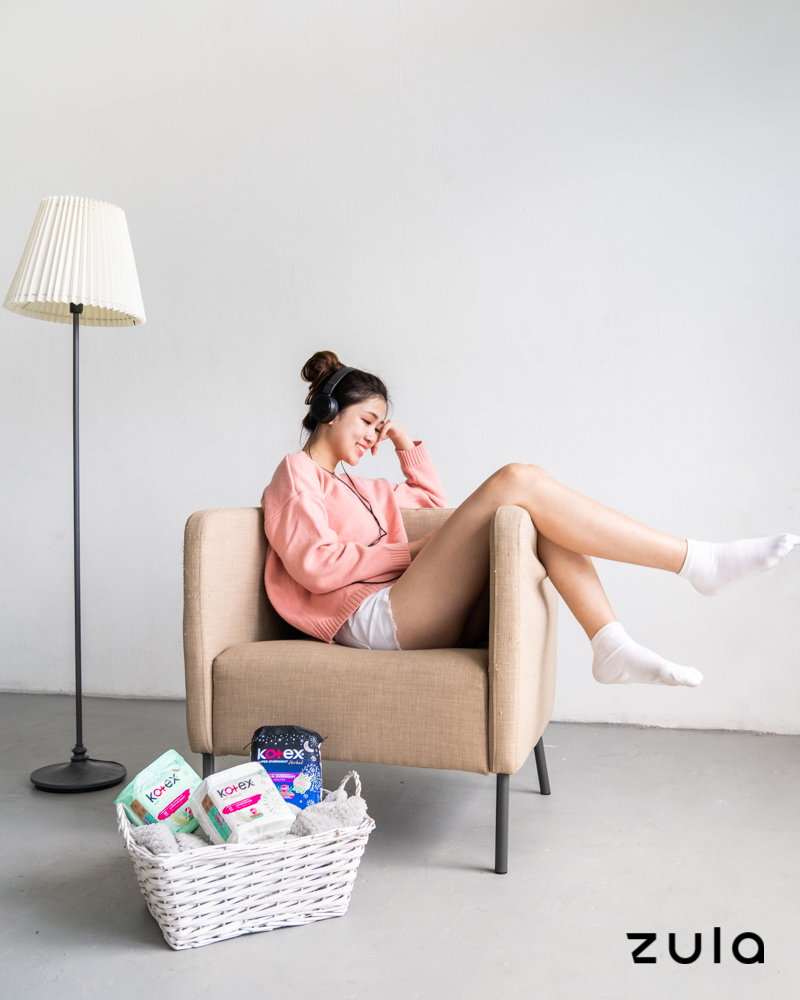
It’s easy to keep things dry and fresh down there, but when Aunt Flo pays a visit, the level of difficulty rises from 0 to 100. While you’re busy trying to soothe sharp pains and abdominal discomfort on a hectic day, you may forget to change out your sanitary pads regularly.
When you sit on sodden pads for extended periods of time, your delicate area will likely become a feeding ground for bacteria and cause odour. That’s pretty much a signal to change out your sanitary napkin. On days when you have a moderate flow, change your sanitary pad every 5 to 6 hours. If you’re experiencing a heavier flow, replace your pad every 3 to 4 hours.
Kotex Soft Herbal Pads
Keeping your privates clean and fresh during your period isn’t limited to how often you change your pads. It also depends on the kind of pads you use. Kotex has a range of Soft Herbal pads that contain natural ingredients to eliminate up to 99.9% of bacteria all day and through the night.
Kotex Soft Herbal Ultrathin Pads
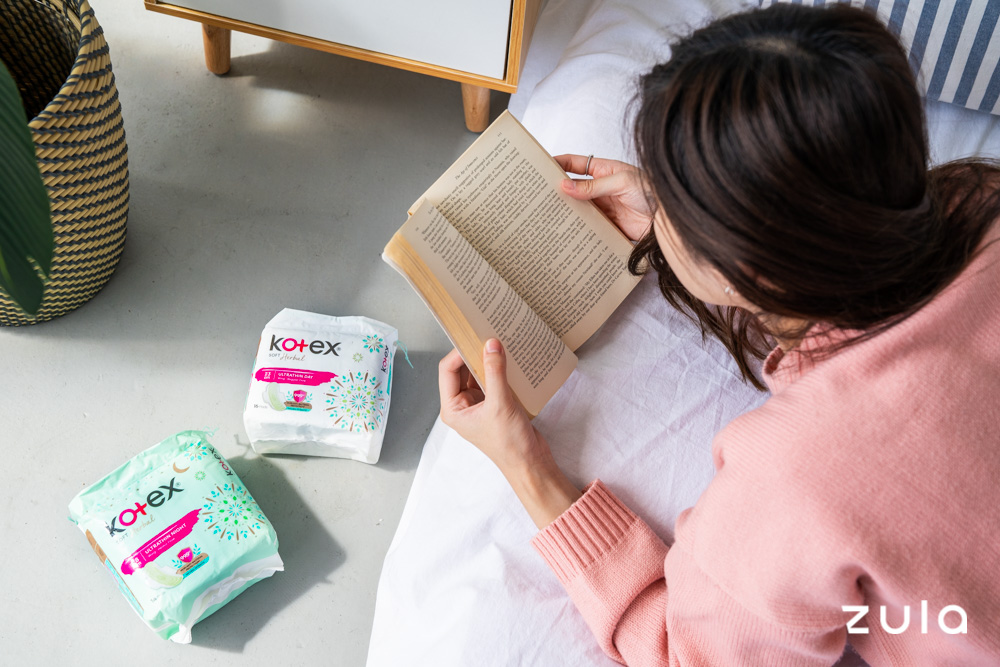
Cramps, bloating and physical exhaustion are just some of the woes that can drag your mood down during your period. Sanitary pads soaked in menstrual blood can start to smell after a few hours of wear too, which makes matters a whole lot worse.
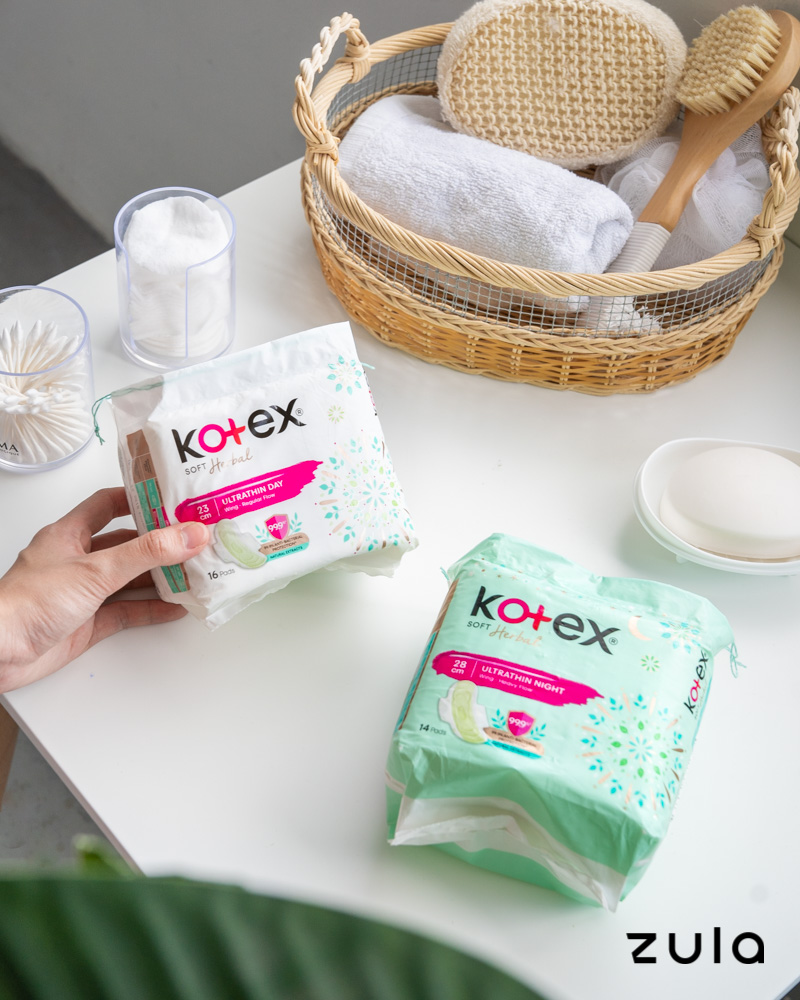
Kotex’s Soft Herbal Ultrathin Day pads (light) are 23cm in length while Ultrathin Night pads (right) are 28cm long
To banish odour naturally and keep your confidence levels up, Kotex has made its Soft Herbal Ultrathin Day (left) and Ultrathin Night (right) pads with an antibacterial material that’s infused with aloe vera and chamomile extracts to halt the growth of bad bacteria.
Aloe vera and chamomile are known to soothe irritated skin, which is why these breathable Soft Herbal pads will keep you refreshed during the day. The soft cotton is gentle on delicate skin while its absorbent core sops up period flow for a clean and comfortable surface.
Kotex Soft Herbal Super Overnight Pads
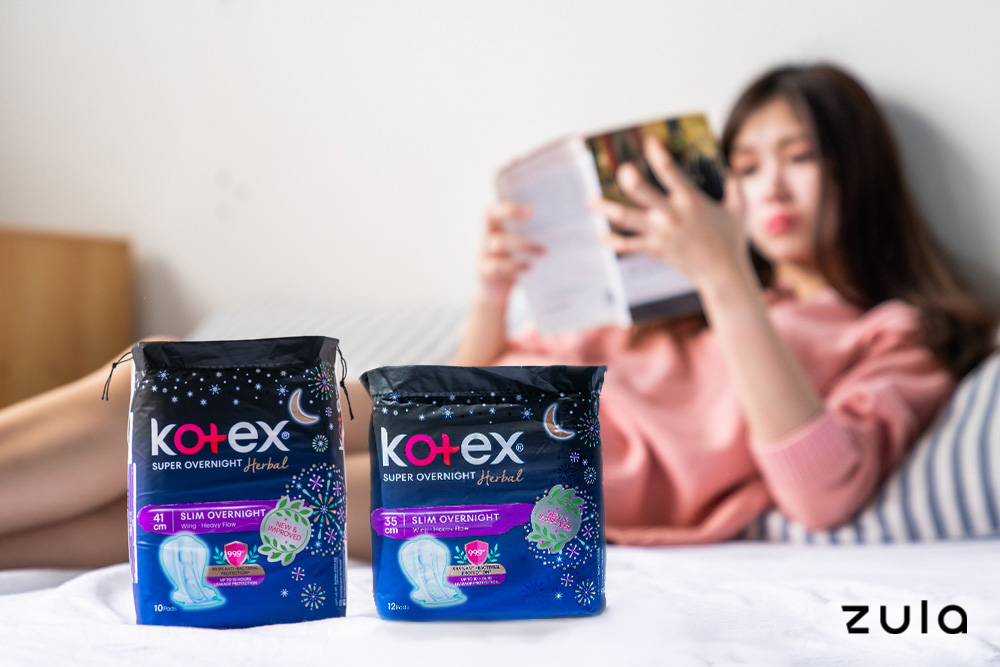
If you find yourself waking up to a bloody mess on nights when you’re experiencing a heavy flow, try Kotex’s Soft Herbal Super Overnight pads. Like the brand’s Soft Herbal Ultrathin pads, these overnight pads contain natural extracts derived from green tea and provide up to 99.9% antibacterial protection as well.
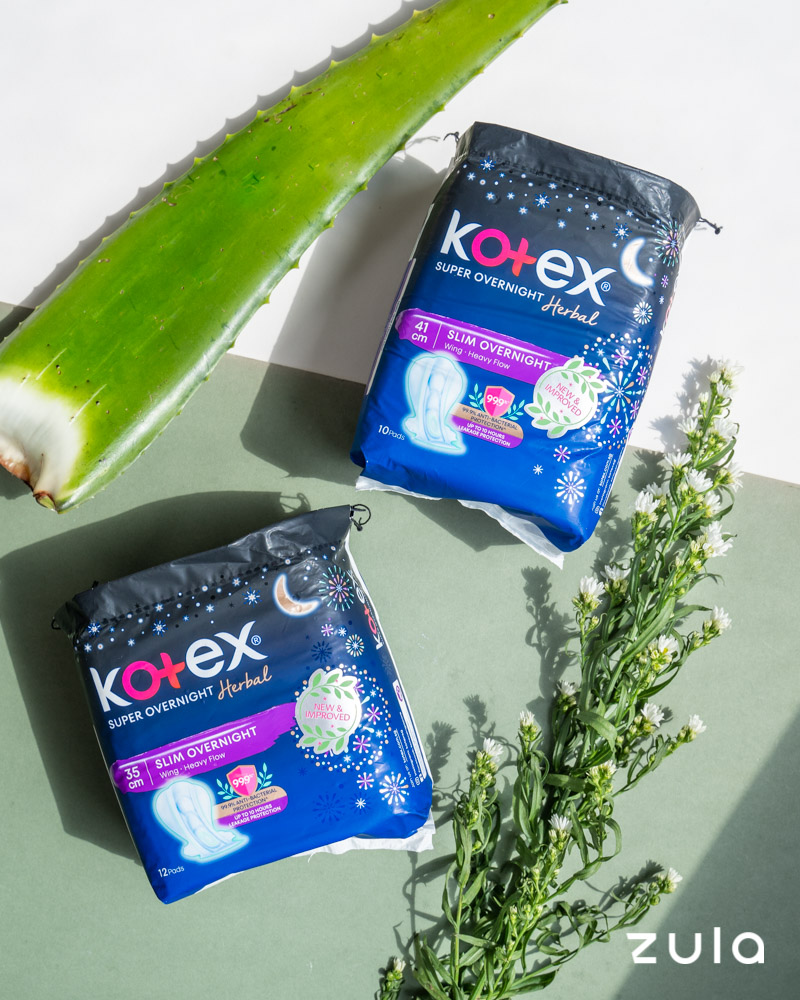
The overnight pads are available in 35cm (left) and 41cm (right) versions
With anti-leak lines and a sponge-like core, these overnight pads are designed to trap heavy gushes so your period won’t dampen your spirits (and bedsheets) when you get up in the morning.
The sanitary pads also have 3 layers of comfy side guards, which means you don’t have to worry about leakages during the night. With herbal properties that provide dual functions, these pads promise to keep your undies and sheets stain-free for up to 10 hours, so you can sleep peacefully on heavy-flow nights.
This Vagina Care Guide Shows You How To Treat Your Lady Parts Right
With our vagina care guide, you’ll be better equipped with feminine hygiene tips to take care of your lady parts.
From now till 24 March 2020, Kotex’s Soft Herbal range will be on sale at Watsons stores islandwide. You can also enjoy 30% off the new Kotex Soft Herbal Super Overnight pads at $5.25 (U.P. $5.95).
Learn more about Kotex’s Soft Herbal pads!
This post is brought to you by Kotex.
Photography by Tan Wen Lin.
Also read:
The Harmful Effects Of Feminine Hygiene Soaps That Advertisers Don’t Tell You

